Blog - OUR MARKETS - Solid State Relay for switching lamps
Lighting loads are used to power electric lights in a building’s interior, exterior, and public areas. These loads can be inductive or capacitive, depending on the type of lighting technology used. Incandescent and fluorescent lighting are primarily inductive, while LED lighting can be either inductive or capacitive.
Lighting technology has changed rapidly in recent years, and the associated drive circuit has also evolved. Incandescent lights used to provide the vast majority of residential lighting, but now LEDs, compact fluorescent bulbs and halogen bulbs are becoming more common.
Before high-power electronics became available, several approaches were used to control lights. Light dimming was typically limited to large installations such as theaters due to the size and cost of the required equipment. Furthermore, many system designers struggle with the inherent challenges of driving loads that are inductive or capacitive in their nature as they offer specific thermal challenges for both turn-on and turn-off. Moreover, as loads like LED’s become more common, they introduce other specific challenges like diagnostics and reliability that must be mitigated when used as an off-board load in a system.
This blog article will review how to control lamp Loads with Solid State Relays and will describe the use of SSRs in Lighting Applications.
First of all, we will start with an analysis of the different lamp technologies, in order to help with system design and simplify the selection of the appropriate Solid State Relay.
Then, by analyzing concrete common uses in lighting applications, you will note that SSRs are used to switch the lights on or off. Due to their design, SSRs enable a very large number of switching operations to be performed. This feature makes them well suited for lighting applications.
Artificial luminous radiation can be produced from electrical energy according to two principles: incandescence and luminescence.
Incandescence is the production of light via temperature elevation. The most common example is a filament heated to white state by the circulation of an electrical current. The energy supplied is transformed into heat by the Joule effect and into luminous flux.
Luminescence is the phenomenon of emission by a material of visible or almost visible luminous radiation. A gas (or vapour) subjected to an electrical discharge emits luminous radiation (Electroluminescence of gases). The material can be a gas or a solid.
The most commonly used lamp technologies are:
Incandescent lamps are historically the oldest and the most often found in common use. Here is their composition :
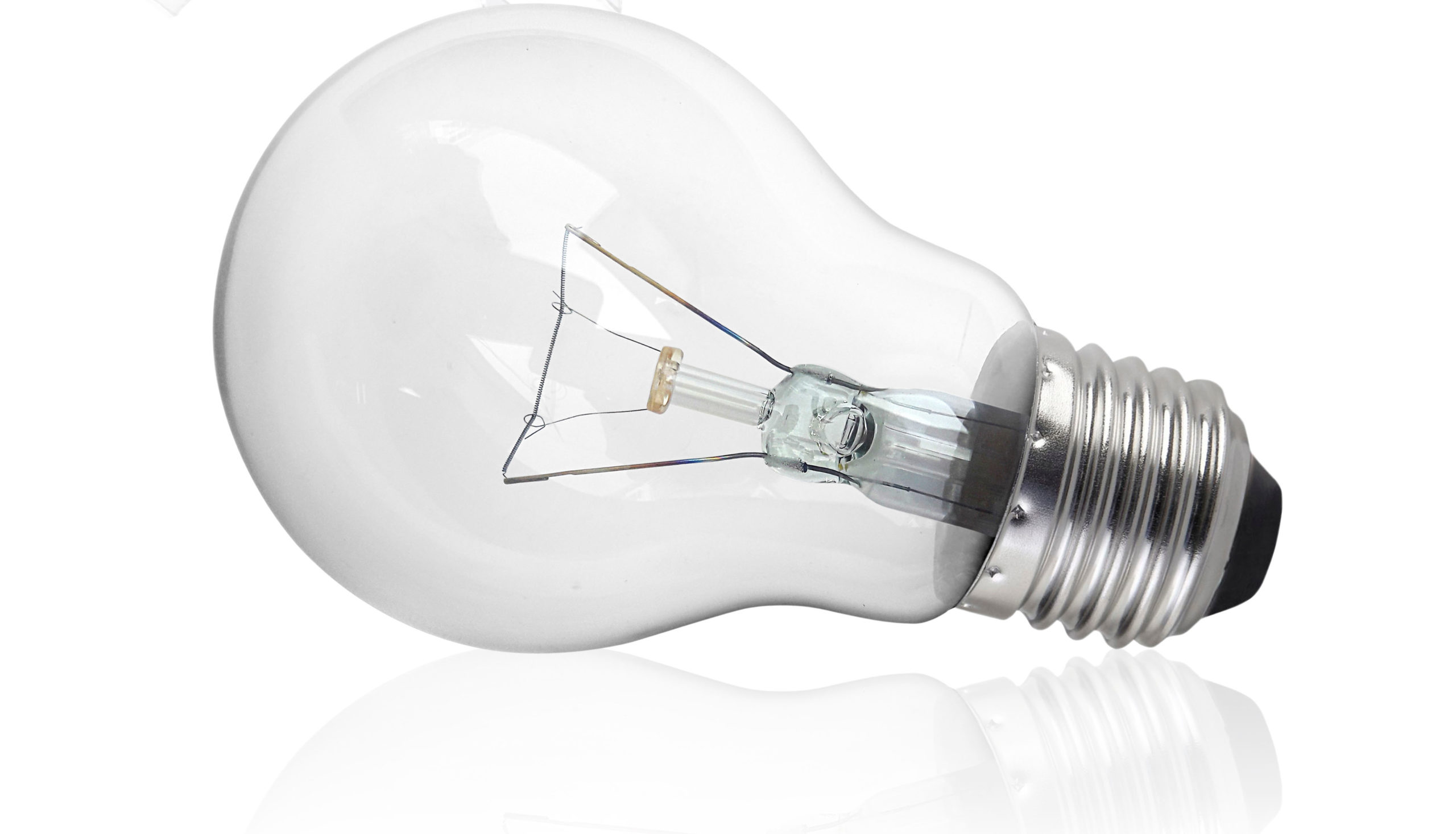
A metal filament emits most of its radiation in the infrared range, but as its temperature rises, the spectrum shifts into the visible range.
The filament lamp (or incandescent lamp) illuminates when subjected to an electric current. The electric current heats the tungsten filament, which is then brought to incandescence at a temperature generally around +2500°C. The filament is encapsulated in a glass envelope (bulb) under a vacuum of air or neutral gas (nitrogen and argon, krypton), thus eliminating the oxidizer and ensuring that the filament does not catch fire.
Their life span is about 1000 hours.
Since 2009, they have been gradually banned from sale in Europe.

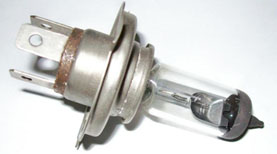
Halogen Incandescent lamps also contain a tungsten filament, but are filled with a halogen compound and an inert gas (krypton or xenon). This halogen compound is responsible for the phenomenon of filament regeneration, which increases the service life of the lamps and avoids them blackening. It also enables a higher filament temperature and therefore greater luminosity in smaller-size bulbs.
The life span is between 2000 and 4000 hours.


In fluorescent tubes, an electrical discharge causes electrons to collide with ions of mercury vapor, resulting in ultraviolet radiation due to energization of the mercury atoms. The fluorescent material, which covers the inside of the tubes, then transforms this radiation into visible light.
Fluorescent tubes are known for their energy efficiency, consuming less power than traditional incandescent bulbs. They produce more lumens per watt, which means they convert a higher percentage of energy into visible light.
Fluorescent tubes are commonly used in public places which are permanently illuminated.
However, fluorescent tubes are installed less and less in favor of LED tubes which use less energy to produce the same amount of light as fluorescent tubes, resulting in greater energy savings.

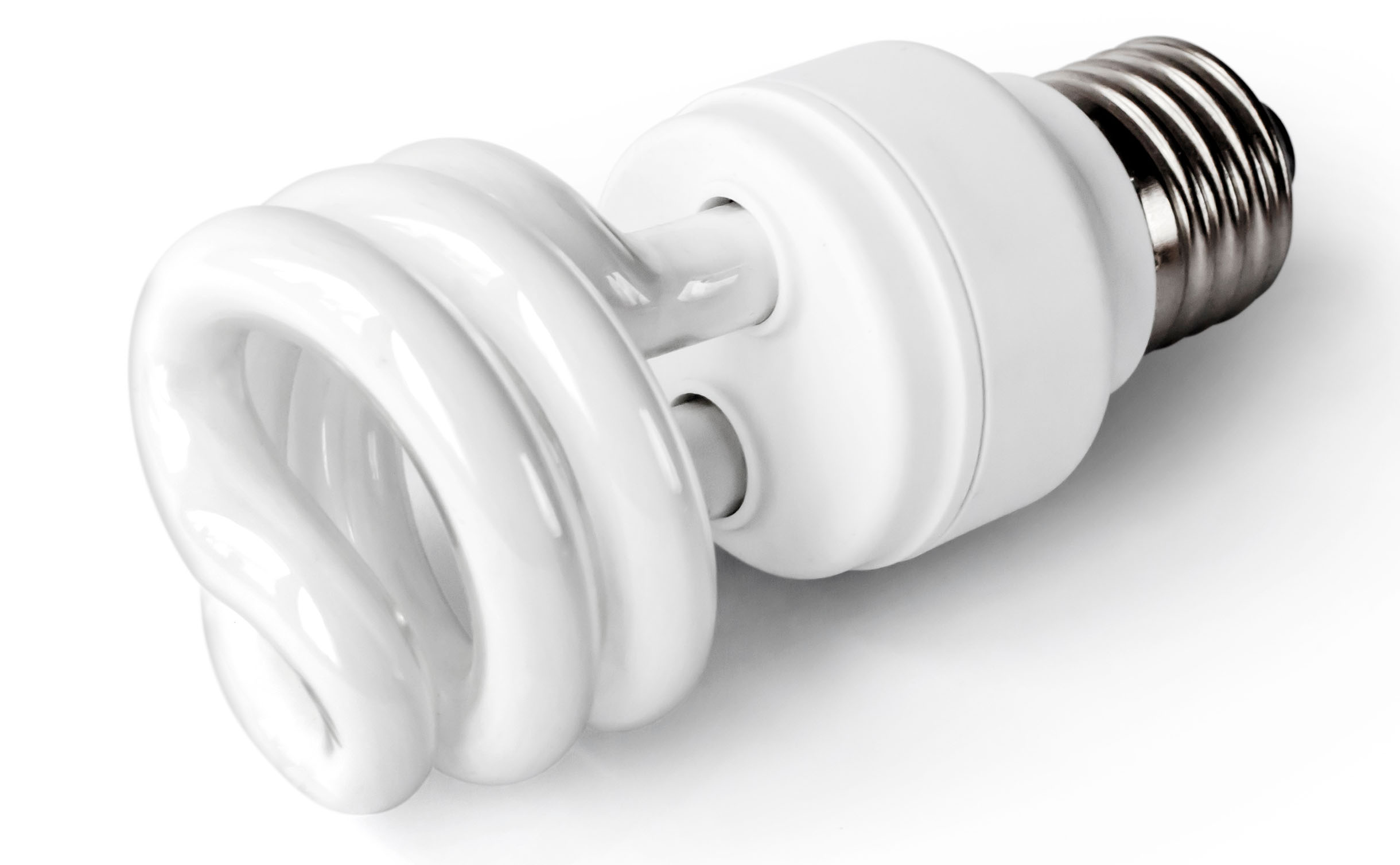
Compact fluorescent lamps are based on the same principle as a fluorescent tube and they were developed to replace incandescent lamps as they offer significant energy savings and an increased service life (from 8000 to 20000 hours).
Standard compact fluorescent lamps can take up to a minute to reach full brightness.
Induction lighting is a fluorescent lighting technology that uses electromagnetic energy to start a chain reaction that causes phosphors to produce light. Unlike typical fluorescent lighting, induction lighting has no filament or electrodes, is more efficient, quicker to reach full brightness and lasts significantly longer.

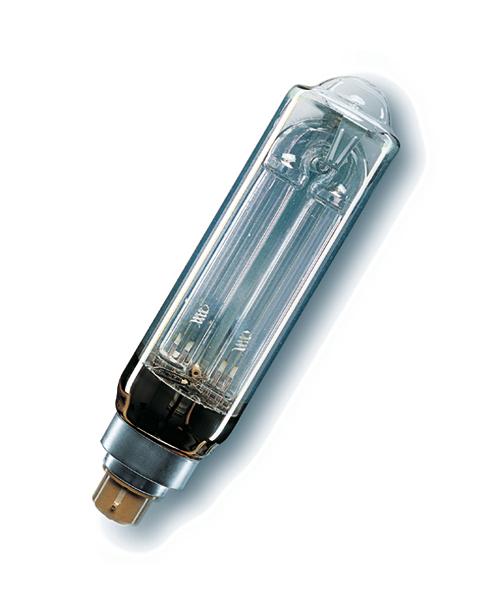
Discharge lamps are one of the most reliable sources of artificial light, which fundamentally works by converting electrical energy to light energy by ionizing gas particles. The main advantages of discharge lamps are related to its working principles. This results in lighting that is inexpensive, long-lasting, and can be used for several applications.
Typical applications for discharge lamps are:
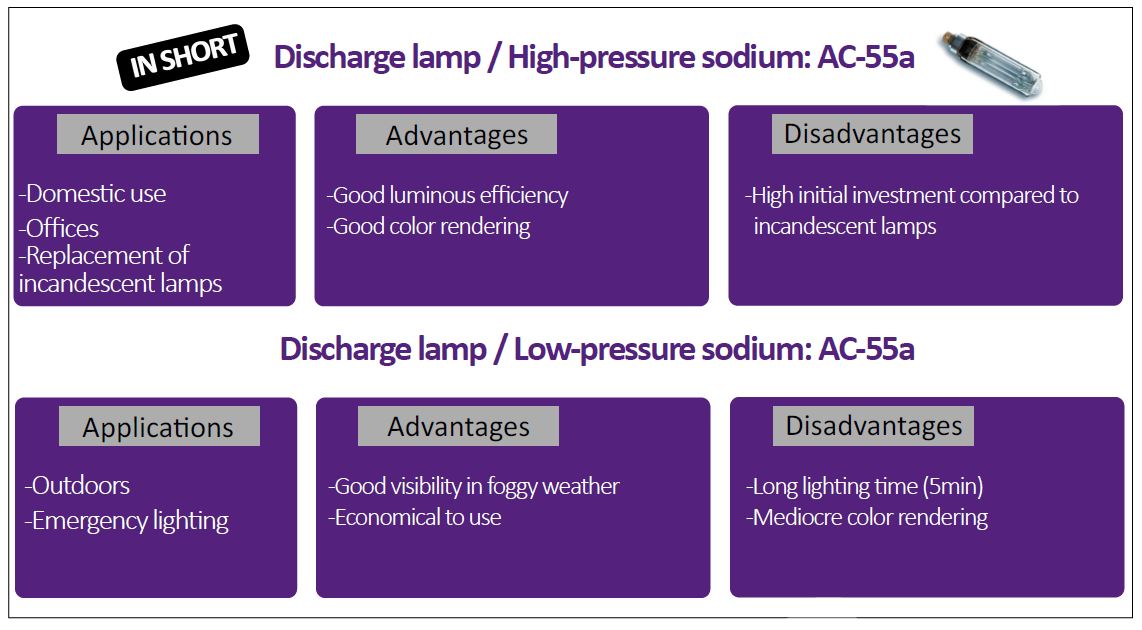
 Metal halide (MH) lamp has been used as a viable light source for a number of applications, from illuminating sports fields, to parking lots and street lighting, to general indoor lighting for retail stores and factories. Their ability to emit a vividly white light, plus their long light life and tripled luminous efficacy when compared to traditional incandescent lamps, have made them the premiere choice for years.
Metal halide (MH) lamp has been used as a viable light source for a number of applications, from illuminating sports fields, to parking lots and street lighting, to general indoor lighting for retail stores and factories. Their ability to emit a vividly white light, plus their long light life and tripled luminous efficacy when compared to traditional incandescent lamps, have made them the premiere choice for years.
The particular mixture of metal halides influences the correlated color temperature and intensity (making the light more blue or red, for example).

Light Emitting Diodes are called “LEDs”. LED lighting products produce light up to 90% more efficiently than incandescent light bulbs. How do they work? An electrical current passes through a microchip, which illuminates the tiny light sources we call LEDs and the result is visible light.
The color of light emitted by a LED is determined primarily by the bandgap energy of the materials used in the LED’s semiconductor structure.
When designed well, LED lighting is more efficient, versatile, and lasts longer. In fact, LED lights use about 50 percent less electricity than traditional incandescent, fluorescent and halogen options, resulting in substantial energy cost savings, especially for spaces with lights that are on for extended periods. LEDs also aim light in a specific direction unlike conventional bulbs. This directional lighting capability reduces wasted light and energy.
Quality LEDs have an expected lifespan of 30,000–50,000 hours or even longer, depending on the quality of the lamp or fixture.

A dimmer is a control unit that varies the level of lighting from 0 to 100% of lighting power.
Dimming is performed by varying the incoming voltage of the light. Dimmers depend on the type of lights or loads.
Fluorescent lamps use a variety of inductors, capacitors and switching devices that affect the power factor and cannot be simply added to the same type of dimming switches as incandescent or halogen lamps.
The key characteristics of this load that need to be taken into consideration before selecting your SSR are strong inrush currents and the overvoltages at turn off.
These lamps use a filament redepositing system that allows a much hotter than normal filament temperature, which in turn creates a much higher than normal inrush current. Inrush current is the surge of energy, that occurs when you first turn-on the lamp. This inrush current is many times higher than the rated current during operation.
Electric power networks are composed of capacitive and inductive loads that generate transient overvoltage which may reach many kilovolts. For lighting networks, a major source of switching overvoltage are the ferromagnetic power supplies used by discharge lamps that coexist with LED lighting. Every time the lights are turned on, overvoltage pulses are injected into the system and propagate to the fragile LED equipment.
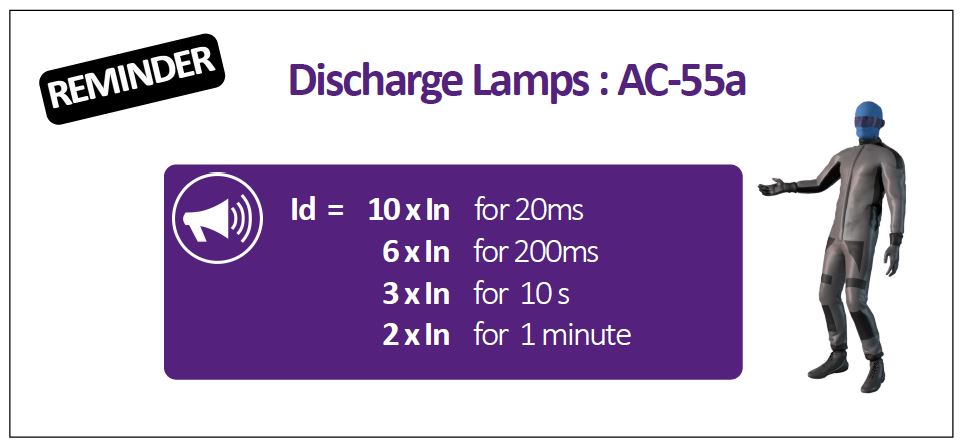
As previously mentioned, large inrush current flows through discharge lamps when they are turned on (approx. 10 to 15 or even 25 times higher than the rated current in specific conditions). Based on this, the SSR that you select should be rated to handle twice the expected peak inrush current. In fact, if the SSR is exposed to a repetitive inrush current of greater than half of its inrush current rating, the output element of the SSR could be damaged.
–SK – Solid State Relays for PCB mounting
–SO8 – Zero-cross single phase SSRs
Incandescent light bulbs are very common in many homes and businesses, but few people are aware of the complex control systems that make them work.
Incandescent light bulbs work by heating up a thin wire filament until it glows. The filament is typically made of tungsten, which has a very high melting point and can withstand the high temperatures generated by the bulb. The brightness of the light depends on the temperature of the filament, which in turn is controlled by the amount of current flowing through it.
The inrush current characteristics of this load (incandescent lamp) is similar to the surge characteristic of the thyristors used in AC SSR outputs making them a good fit for this application. However, it’s important to take in consideration the load strong inrush currents of this application prior to selecting a suitable SSR .When an incandescent light is cold it has low resistance, leading to high inrush current. This value can be more than 10 to 15 times the operating current. The duration of the increased inrush current can be a few milliseconds.
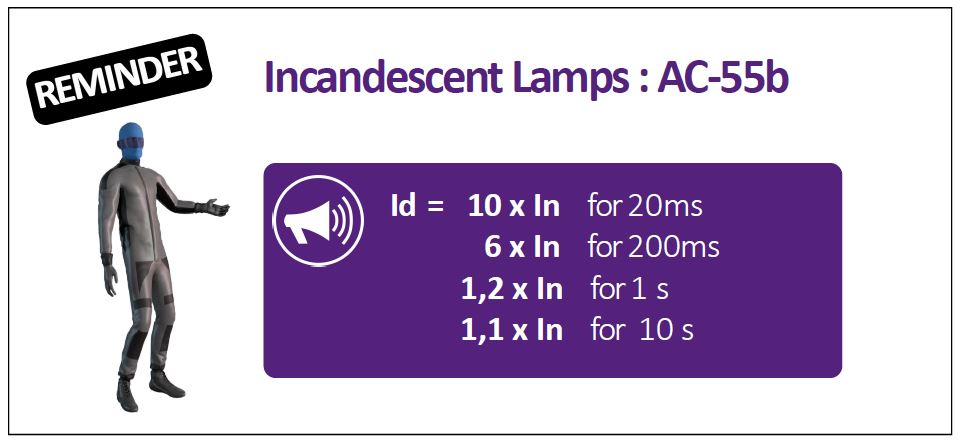
Several technical solutions are possible:
The most common way to dim incandescent lights is with phase control. With this technique, the AC waveform is interrupted so that only part of each half-cycle reaches the bulb. The brightness is controlled by varying the time after a zero-crossing at which the waveform is turned on or off.
High-power dimmers use also Random Solid State Relays to operate on the same principal.
To regulate the brightness of an incandescent bulb, control systems use pulse width modulation (PWM). This solution involves rapidly turning the bulb on and off at a frequency too high to be seen by the human eye. By varying the duration of each pulse, the control system can effectively adjust the amount of time that the bulb is illuminated, without affecting the overall brightness.
For example, if the control system needs the bulb to be at 50% brightness, it will turn the bulb on for half of each pulse cycle and off for the other half. This creates the impression of a steady, half-brightness glow, even though the bulb is actually turning on and off very quickly.
Here are our suggested ranges for AC-55b loads :
–SO8 – zero-cross single phase SSRs
–SO7 – random single phase SSRs
–SG4 – phase angle controllers
LEDs are replacing incandescent bulbs in more and more industrial lighting applications. Compared to traditional bulbs, LED lighting provides improved power efficiency while delivering a similar rated light output. Consequently, LEDs are now being used in headlamps, rear lighting, interior lighting, and indicator lighting. In these applications, Solid state Relays are used to control the LEDs.
Controlling LEDs is not as simple as controlling incandescent lights. Incandescent lamps are all inherently dimmable without the need for additional circuitry. LED Lamps, on the other hand, perform differently in terms of dimming performance and control compatibility, requiring additional information before an LED bulb can be successfully controlled.
Here are our suggested ranges for driving LEDs Load :
–SKA – Solid State Relays for PCB mounting
–SU8, SO8 – zero-cross single phase SSRs
As systems become more intelligent it is important to have robust diagnostic features. One common issue is open loads created by wire breaks, mis-wiring, or open circuit failures. It would be beneficial if systems could independently diagnose these failures and report the issue back to a microcontroller.
Open load detection can determine if there is a broken wire or faulty module, however, it cannot determine a partial failure. In many applications LEDs are configured as multiple strings in parallel. In this case it is important to know if any of the LED strings in the array are non-functional even if the remainder of the strings continue to work. The celduc ESUC current monitoring module can determine this condition by using accurate load current measurement to sense an absolute change in output current that occurs with a partial open that is caused by a string failure. This information can then be used to communicate the partial failure at the microcontroller or other system intelligence circuit.….
For more information about our ESUC current monitoring module.
Here are some examples of Lighting applications where SSRs could be used :
• Public Lighting
• Cinemas
• Theaters
• Airport runways
• Streets and roadways
• Lighting for warehouses and buildings

In stage lighting control systems (usually applied to the production of theatre, dance, opera and other performance arts), solid state relays can work with the computer system to control multiple lights, and implement complex lighting effects.
Stage Lighting dimmers are used to increase or decrease voltage to a dimmable lighting fixture in order to adjust its intensity. Typically used with incandescent halogen or specific kinds of fluorescent fixtures, dimmers give to the users the flexibility to set the mood and/or focus attention on a specific section of the stage. By adjusting the voltage sent to the lights fixture, a dimmer can turn the lights on, off or anywhere in between.
Random turn-on SSRs are commonly used and phase-angle controlled by the control system to provide the desired lighting level.
The fast switching speed capability of SSRs is important for many lighting effects.
celduc® relais can also develop customized solid state relays to meet specific customer electrical specifications and/or mechanical requirements.
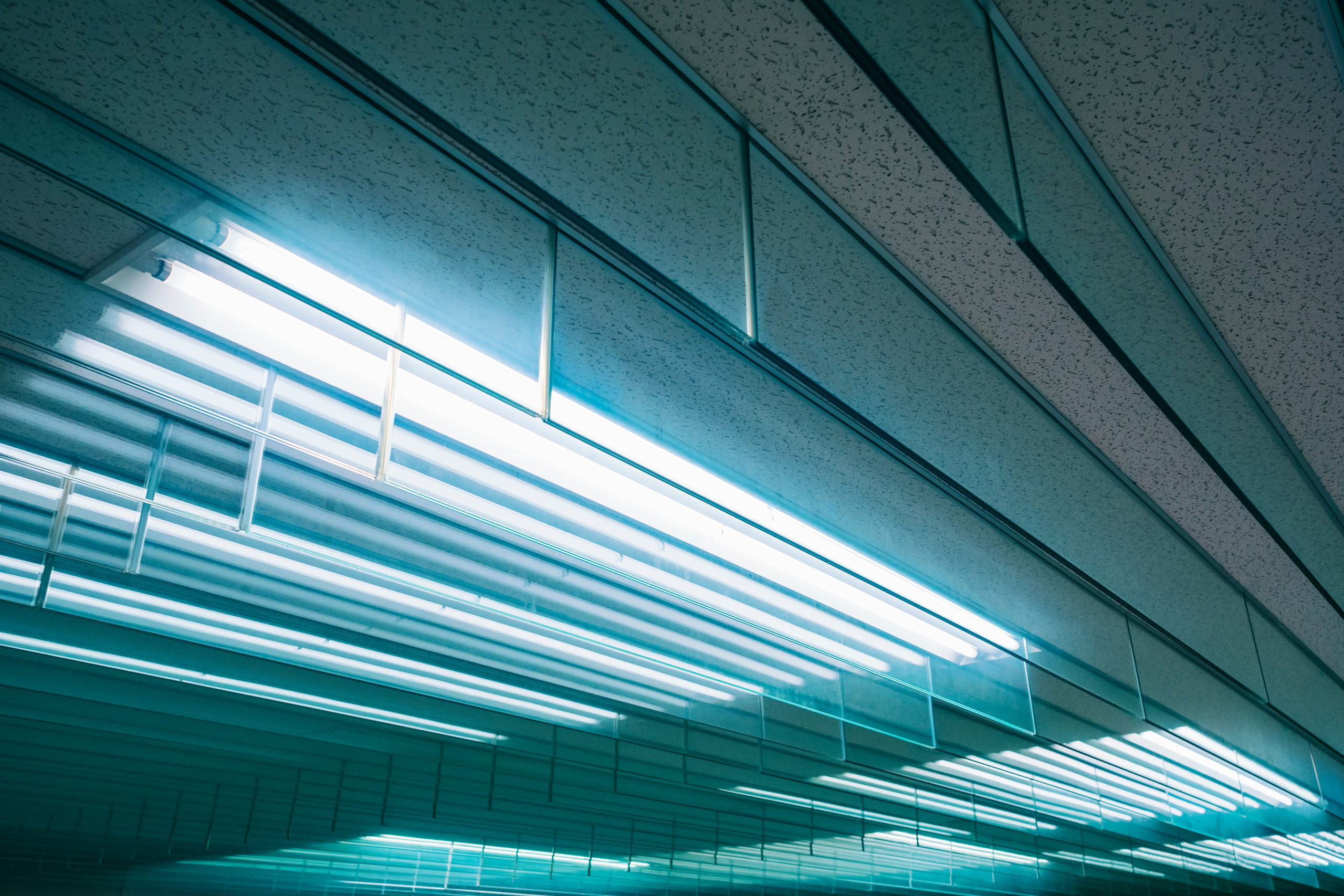
Over the past few years, fluorescent lamps have become the lighting of choice for contractors looking to save on both energy and maintenance costs. Although fluorescent lighting may cost a bit more upfront when it comes to initial installation, it makes up for it in the amount of energy saved when compared to traditional incandescent lighting. All fluorescent lamps need fluorescent ballasts in order to operate. An electronic ballast (or electrical ballast) is a device that controls the starting voltage and the operating currents of lighting devices.
A fluorescent lamp generates light through the use of two elements — electricity and mercury vapor. A current of electricity – also known as the arc – passes through the vapor, resulting in an ultraviolet light. That light then bounces off a phosphor layer on the inside of the lamp, which makes the bulb light up. The fluorescent ballasts regulate the process.
Solid State Relays used for this kind of application should be able to sustain inrush current (an electronic fluorescent ballast inrush current up to 800 Apk for a max 200 μsec).
The general rule is to use the zero cross relays adapted to the inrush current. We also recommend the use of 400VAC SSR on the 230VAC network.
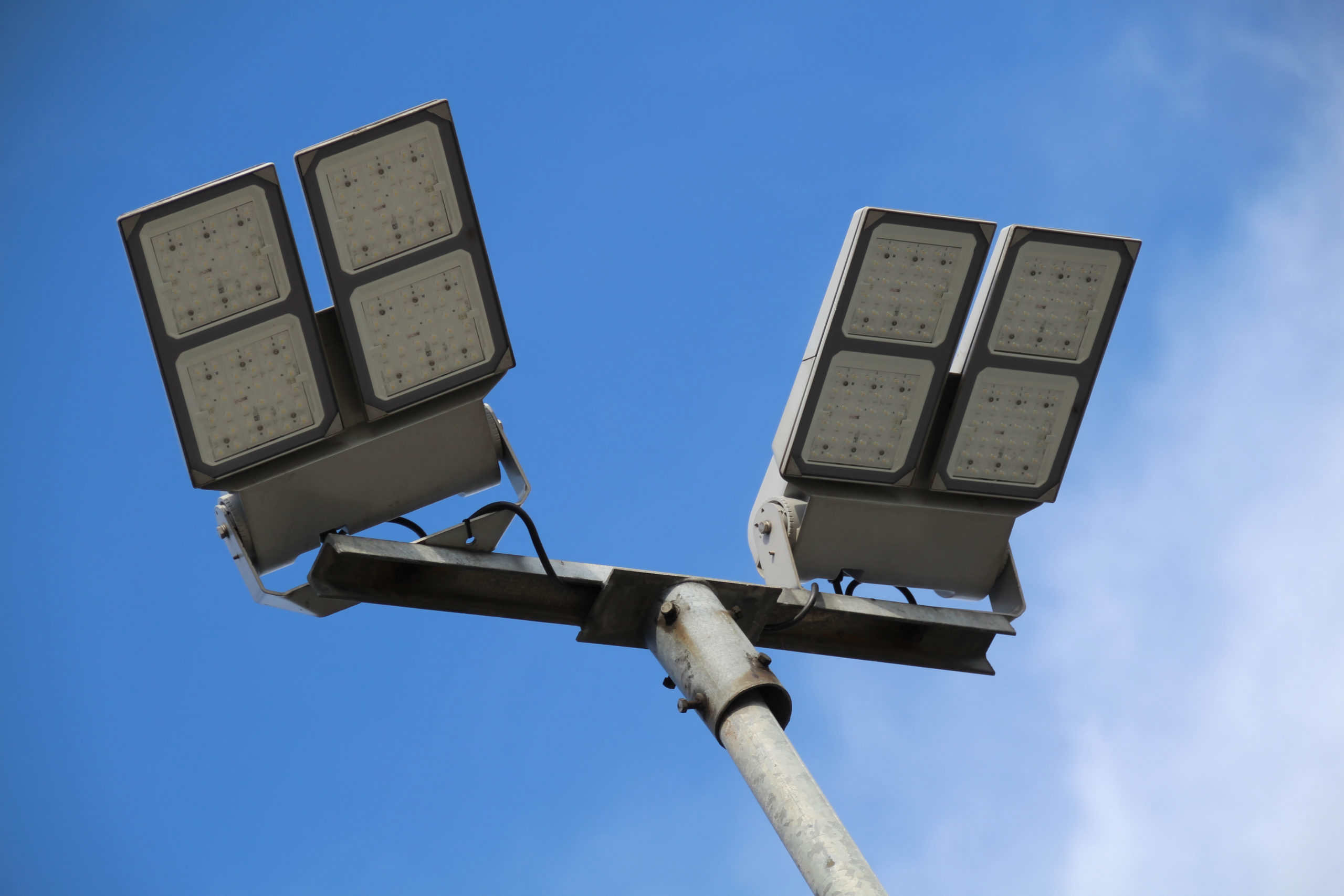
The goal of designers is to improve the reliability of LED street lighting systems and to minimize maintenance operations by using high quality components with a long useful life that are well suited to the environments that street lights are used in.

Traffic lights must operate in often difficult environmental conditions. Solid-state relays offer excellent characteristics (moisture proof, explosion-proof, anti-corrosion) to deal with this challenge. Moreover, solid state relays meet the requirements for sign/signal flashing traffic lights which are frequently turned on and off, as they can maintain switching intervals of 10 milliseconds or longer.
The normal function of traffic lights requires more than sight control and coordination to ensure that traffic and pedestrians move as smoothly, and as safely as possible. A variety of different control systems are used to accomplish this, ranging from simple clockwork mechanisms to sophisticated computerized control and coordination systems that self-adjust to minimize delay to people using the intersection.
A traffic signal is typically managed by a controller mounted inside a cabinet. Solid state controllers are required to have an independent conflict monitor unit (CMU), which ensures fail-safe operations.

Relays are used in automatic street lights to control the flow of electricity to the lights. Typical street light systems use sensors that trigger relays to turn the lights on and off based on the ambient light level. This helps in conserving energy and ensuring that the lights are only on when needed, thus reducing electricity costs and environmental impact. Additionally, relays provide a level of electrical isolation and protection for the control circuitry, enhancing the safety and reliability of the system.
 There are several technologies used for Video walls but LED panel walls are commonly used and it is a product with great potential in a growing market. LED video walls tend to consume less energy, require minimal maintenance and can be installed outdoors without additional protection.
There are several technologies used for Video walls but LED panel walls are commonly used and it is a product with great potential in a growing market. LED video walls tend to consume less energy, require minimal maintenance and can be installed outdoors without additional protection.
For example, on a 90m² LED video wall project (with a load current of 92A on 4P at 400V) we supplied a solid state contactor to control the power supply. For this sensitive, expensive equipment it was important to offer reliable components that would fit in well with the system. Some challenging electrical conditions included interferences from the power supply with the receiver used with the LED screen) and significant AC/DC signal conversions and risk of short circuits.
We took into account the high switching current of this application and offered an assembly consisting of three single phase SO869970 SSRs with a thyristor rating of 125A mounted on a WF031100 heatsink.
The Future of Lighting Control
As technology continues to evolve, we are likely to see more sophisticated and versatile control systems that can adjust not only the brightness but also the color, temperature, and other parameters of lighting. LEDs and other solid state lighting technologies are already offering new possibilities for lighting control, and the Internet of Things is enabling unprecedented connectivity and automation.
With fast switching, long life and high reliability, solid state relays are an excellent choice to be integrated in light control systems.